Ultimate Guide to Choosing the Best Spill Tray for Chemicals Based on Your Needs
When dealing with hazardous materials, selecting the right spill tray for chemicals is crucial for maintaining safety and compliance in any industrial setting. According to the U.S. Environmental Protection Agency, over 14,000 spills are reported annually, resulting in significant environmental damage and financial penalties for businesses. The proper use of spill trays can greatly reduce the risk of leakage and spills, as they are designed to contain and neutralize hazardous substances effectively.

Key Factors to Consider When Choosing a Spill Tray for Chemicals
When selecting the best spill tray for chemicals, several key factors should be considered to ensure effective containment and compliance with safety regulations. First and foremost, assess the tray's size and capacity in relation to the types and volumes of chemicals you are working with. It is crucial to choose a tray that can accommodate the maximum potential spill volume, as this will play a significant role in preventing environmental contamination, especially considering the risks surrounding groundwater and soil from accidental chemical releases.
Another vital factor is the material composition of the spill tray. Different chemicals can react differently with various materials, so selecting a spill tray made from chemical-resistant materials is essential. This consideration not only influences the durability and effectiveness of the tray but also signifies the importance of anticipating chemical composition, which, as shown in recent studies, can affect the concentration of harmful substances in surrounding environments after a spill. Additionally, the design of the tray should allow for easy cleaning and maintenance, further enhancing its practicality and safety in the event of spills.

Types of Spill Trays: Which One is Right for Your Chemical Needs?
When it comes to chemical safety, choosing the right spill tray is crucial for businesses looking to prevent pollution. Understanding the types of spill trays available is the first step in determining which one suits your specific needs. For instance, polyethylene spill trays are ideal for storing small containers as they resist corrosion and can handle various chemicals. On the other hand, metal spill trays are robust enough for heavy-duty applications and can manage larger spills, making them suitable for industrial environments.
Each type of spill tray serves a distinct purpose in reducing the risk of contamination to the environment. For activities such as car washing or chemical storage, selecting the correct spill tray can prevent harmful substances from leaking into the ground and subsequently polluting groundwater. By adhering to proper storage practices and utilizing the right spill containment equipment, businesses contribute to pollution prevention while complying with environmental codes, ultimately fostering a safer and more sustainable operational approach.
Material Comparisons: Plastic vs. Metal Spill Trays for Chemical Storage
When selecting the ideal spill tray for chemical storage, a critical decision lies between plastic and metal options. Each material has its unique strengths and weaknesses that can significantly affect performance and durability.
 Plastic spill trays are lightweight, corrosion-resistant, and often more affordable, making them suitable for less hazardous chemicals.
However, they may not withstand high temperatures or heavy weights as effectively as metal trays.
Plastic spill trays are lightweight, corrosion-resistant, and often more affordable, making them suitable for less hazardous chemicals.
However, they may not withstand high temperatures or heavy weights as effectively as metal trays.
On the other hand, metal spill trays are known for their strength and longevity, capable of handling heavier loads and more aggressive substances. They also often feature superior resistance to UV rays and temperature fluctuations. However, they tend to be heavier and may require extra care to prevent rust and corrosion if not properly maintained.
Tips: When choosing a spill tray, consider the types of chemicals you will be storing. If you're dealing with caustic substances, a metal tray may offer better protection. Conversely, for lighter chemicals, plastic may be the most cost-effective choice. Additionally, always check the tray's capacity to ensure it meets your storage requirements safely.
Sizing Guide: How to Select the Right Spill Tray Size for Your Application
When it comes to selecting the right spill tray size for your chemical handling needs, understanding the specifics of your application is crucial. According to the Environmental Protection Agency (EPA), spill containment systems should be able to hold at least 10% of the total volume of the containers or 100% of the largest container, whichever is greater. This ensures that you are prepared for any potential leaks or spills, minimizing environmental risks and maintaining compliance with regulations.
Tips: Always measure the dimensions of your workspace before purchasing a spill tray. A common mistake is underestimating the space required, leading to overcrowded setups that are unsafe. Make sure your selected tray can fit comfortably in the designated area while accommodating all necessary chemicals.
Additionally, consider the chemical compatibility of the spill tray material with the substances you’ll be handling. A report from the National Institute of Standards and Technology (NIST) indicates that chemical resistance can vary significantly among materials. For example, polyethylene trays are often suitable for acids and bases, while steel trays may be necessary for handling solvents. Selecting a tray that aligns with the properties of the chemicals used is vital for ensuring safety and longevity of the spill containment solution.
Chemical Spill Tray Size Recommendations
This bar chart illustrates the recommended usage frequency for various sizes of spill trays based on typical application scenarios. As you can see, small and medium trays are most frequently used, while larger options see less frequent usage.
Cost vs. Quality: Finding the Best Value Spill Tray for Chemical Safety
When selecting a spill tray for chemicals, the balance between cost and quality is paramount. A low-cost option may seem attractive, but it can compromise safety and performance. Cheaper trays often lack robust materials, leading to potential leaks and failures during critical moments. On the other hand, investing in high-quality spill trays made from durable, chemical-resistant materials can significantly enhance safety, reducing the risk of spills and environmental contamination.
Understanding your specific needs is essential to ensure you find the best value for your investment. Consider factors such as the types of chemicals being stored, the volume of liquid they may contain, and the potential consequences of a spill. A spill tray that excels in one area might fall short in another. Therefore, it’s crucial to evaluate how different products align with your operational demands. Ultimately, a well-chosen spill tray not only safeguards against spills but also proves cost-effective in the long run by minimizing clean-up costs and potential fines associated with environmental breaches.
Ultimate Guide to Choosing the Best Spill Tray for Chemicals Based on Your Needs
| Type | Material | Capacity (Gallons) | Cost (USD) | Quality Rating (1-5) |
|---|---|---|---|---|
| Polyethylene Tray | Polyethylene | 20 | $50 | 4.5 |
| Steel Tray | Steel | 30 | $80 | 4.0 |
| Drum Tray | Polypropylene | 55 | $120 | 4.8 |
| Load-Bearing Tray | Aluminum | 40 | $90 | 4.3 |
| Economy Tray | Plastic | 15 | $35 | 3.5 |
Related Posts
-
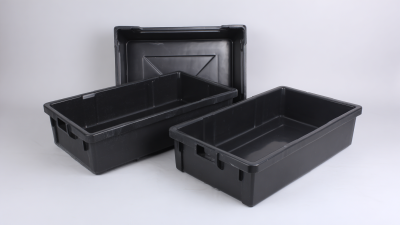
Unmatched Quality in Plastic Spill Trays from China Leading the Global Market
-
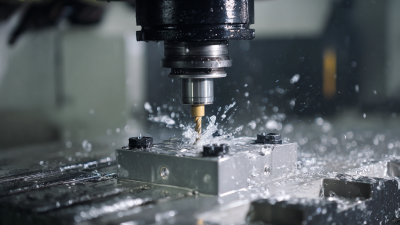
Understanding the Excellence of the Best CNC Machine Available
-
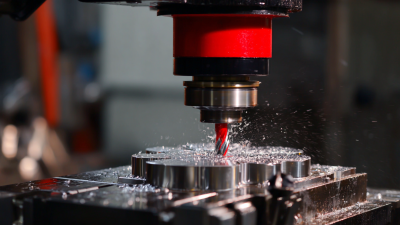
5 Reasons Why CNC Machine Tooling is Essential for Modern Manufacturing
-
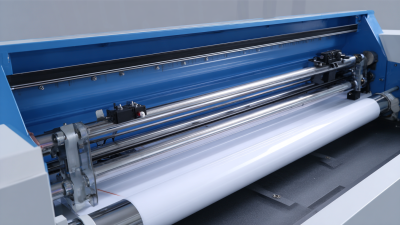
How to Choose the Best Vacuum Forming Machine for Your Business Needs
-
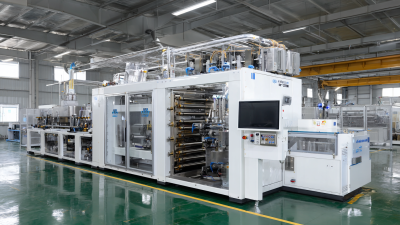
Innovative Chinese Manufacturing Elevates Global Sales of Top Thermoforming Vacuum Machines
-
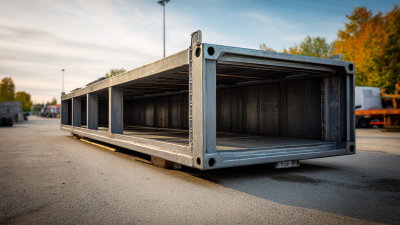
Transforming Efficiency in 2025 with the Best Large Drain Pan Innovation and Its Benefits